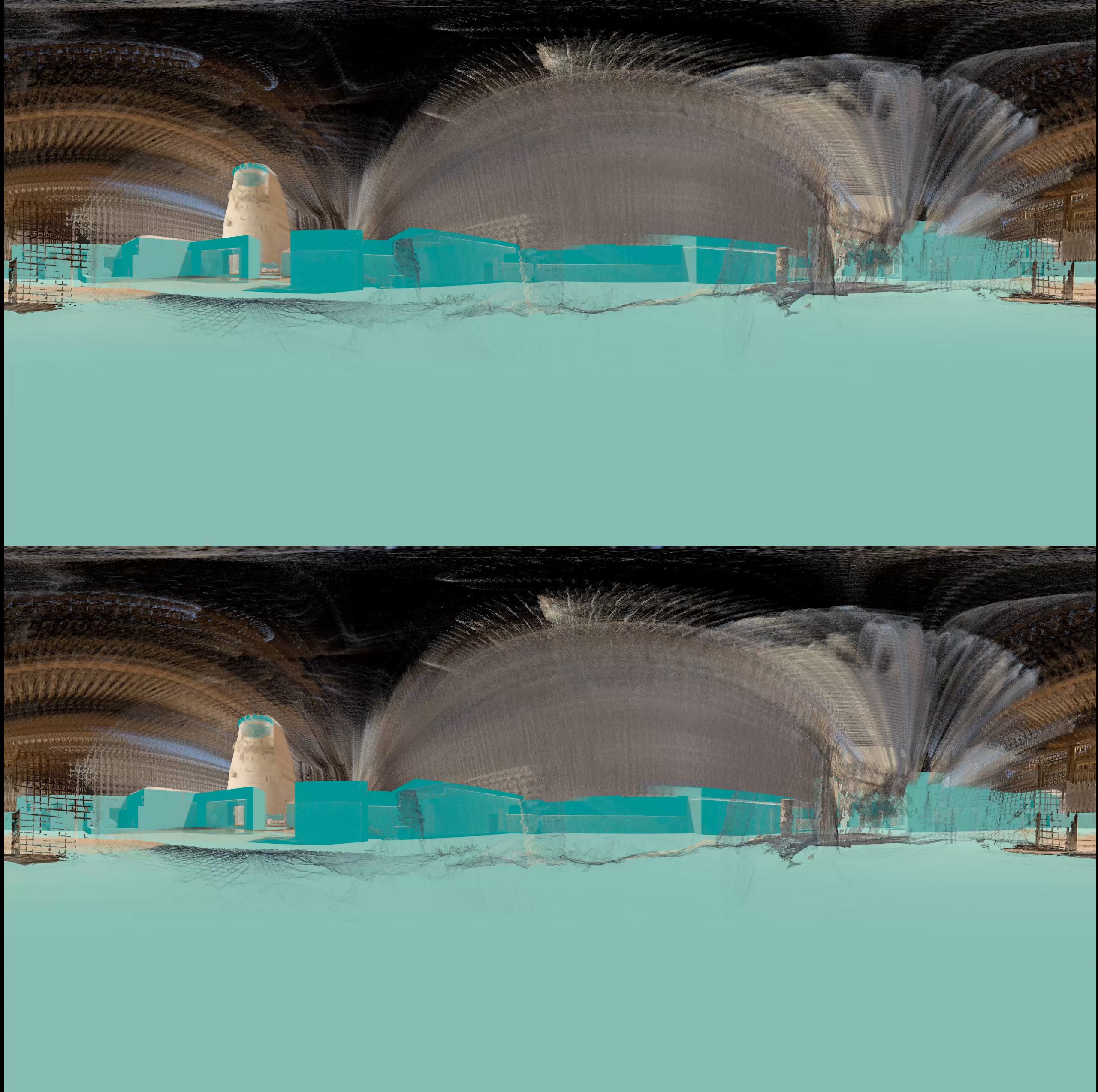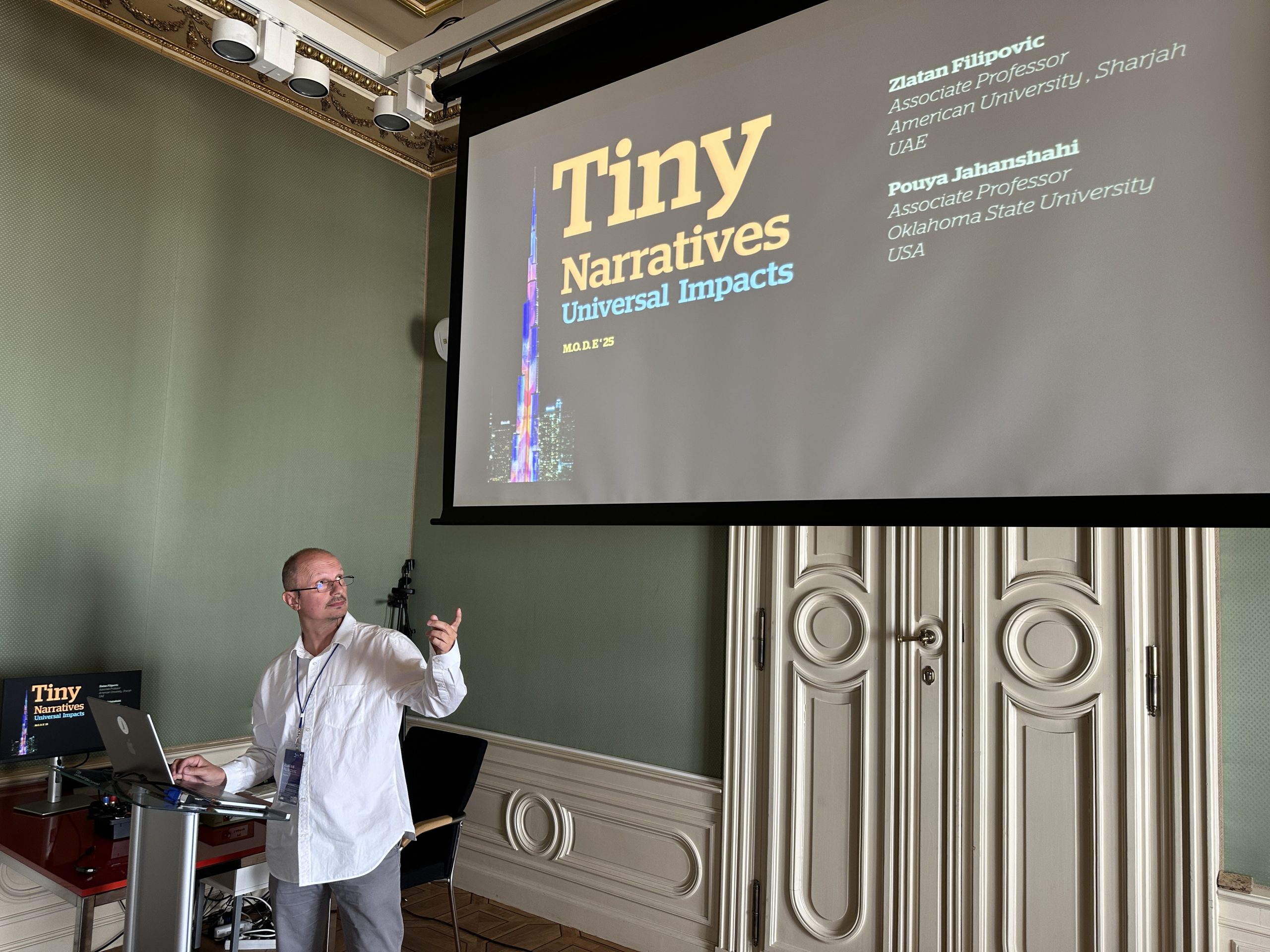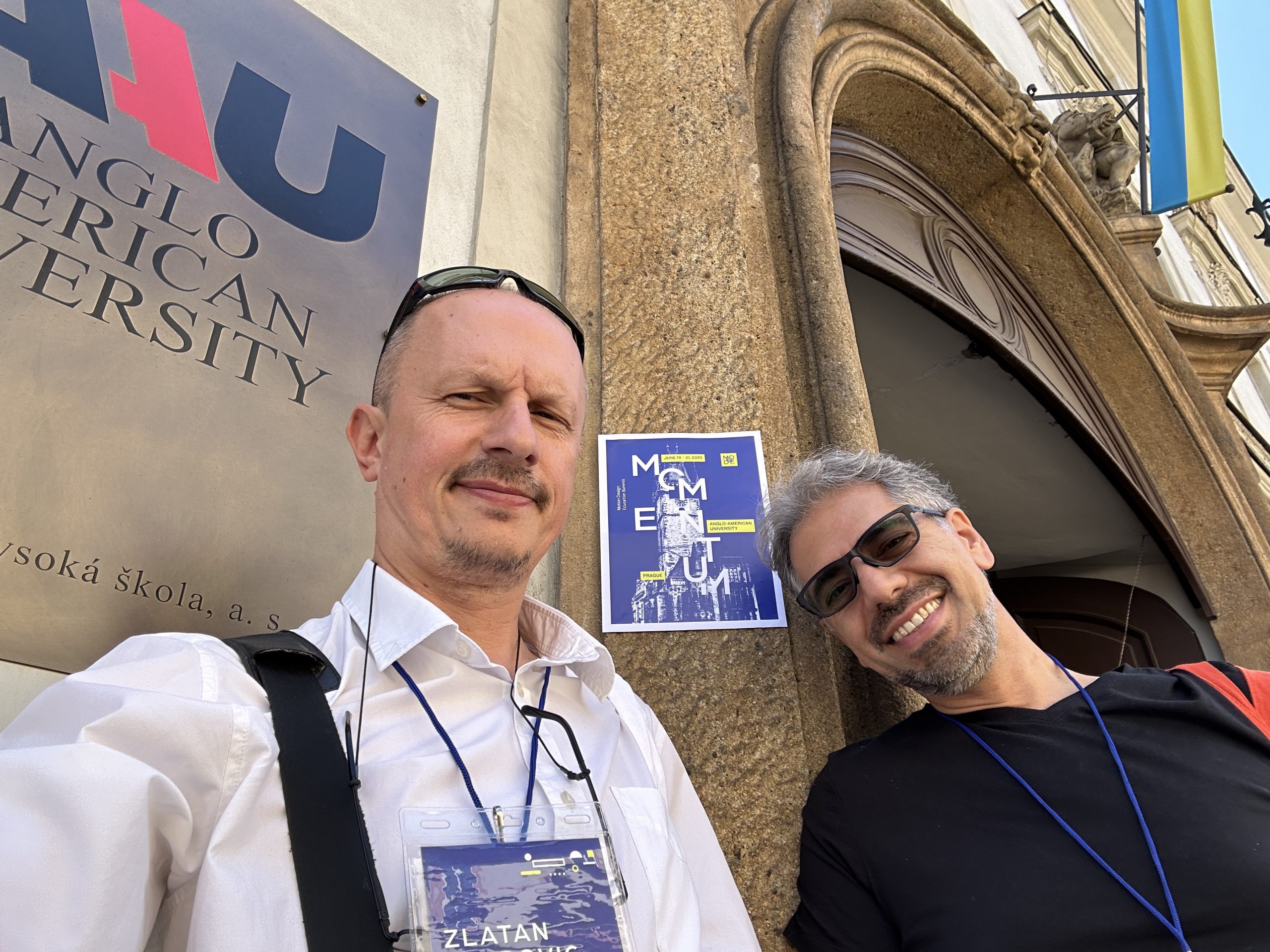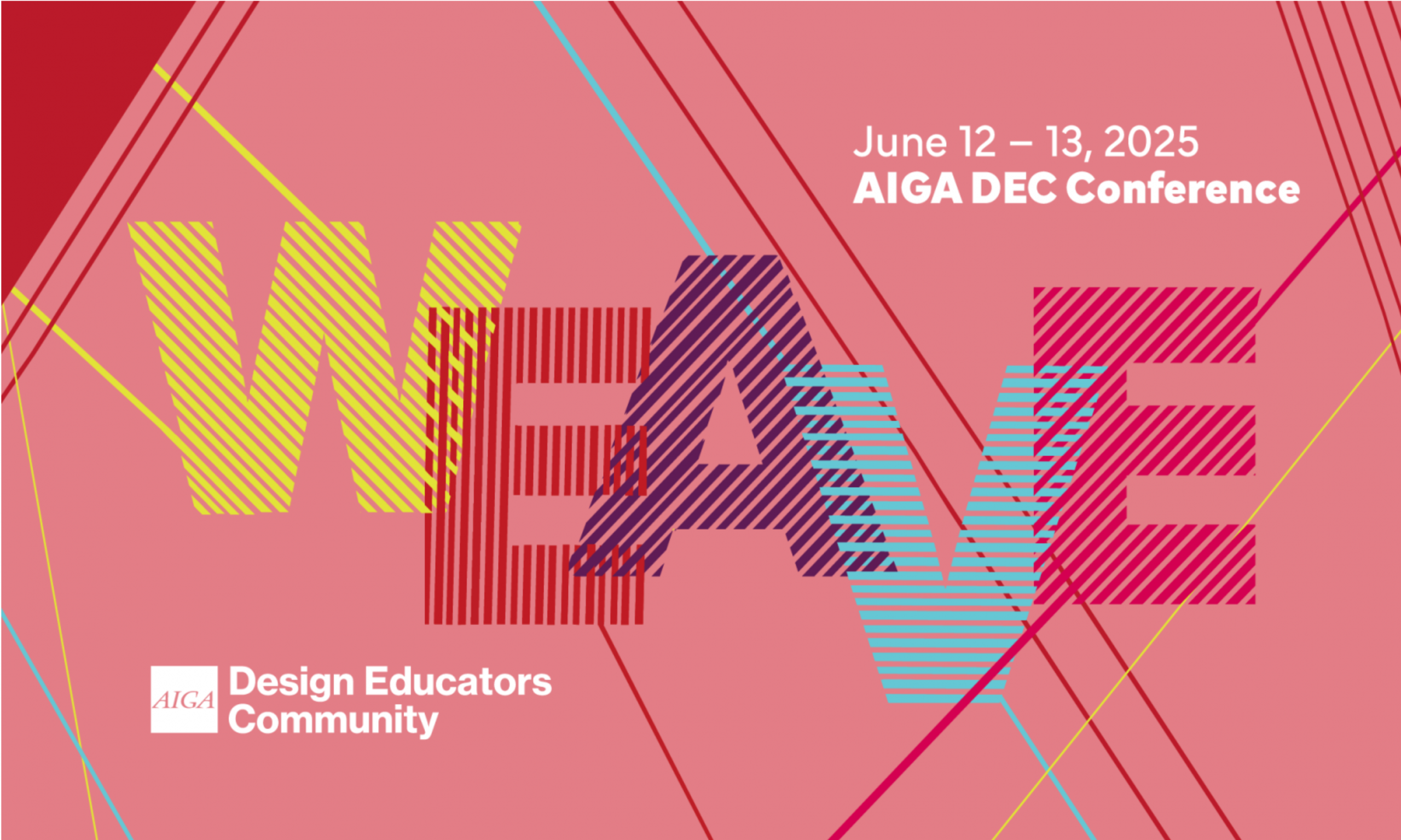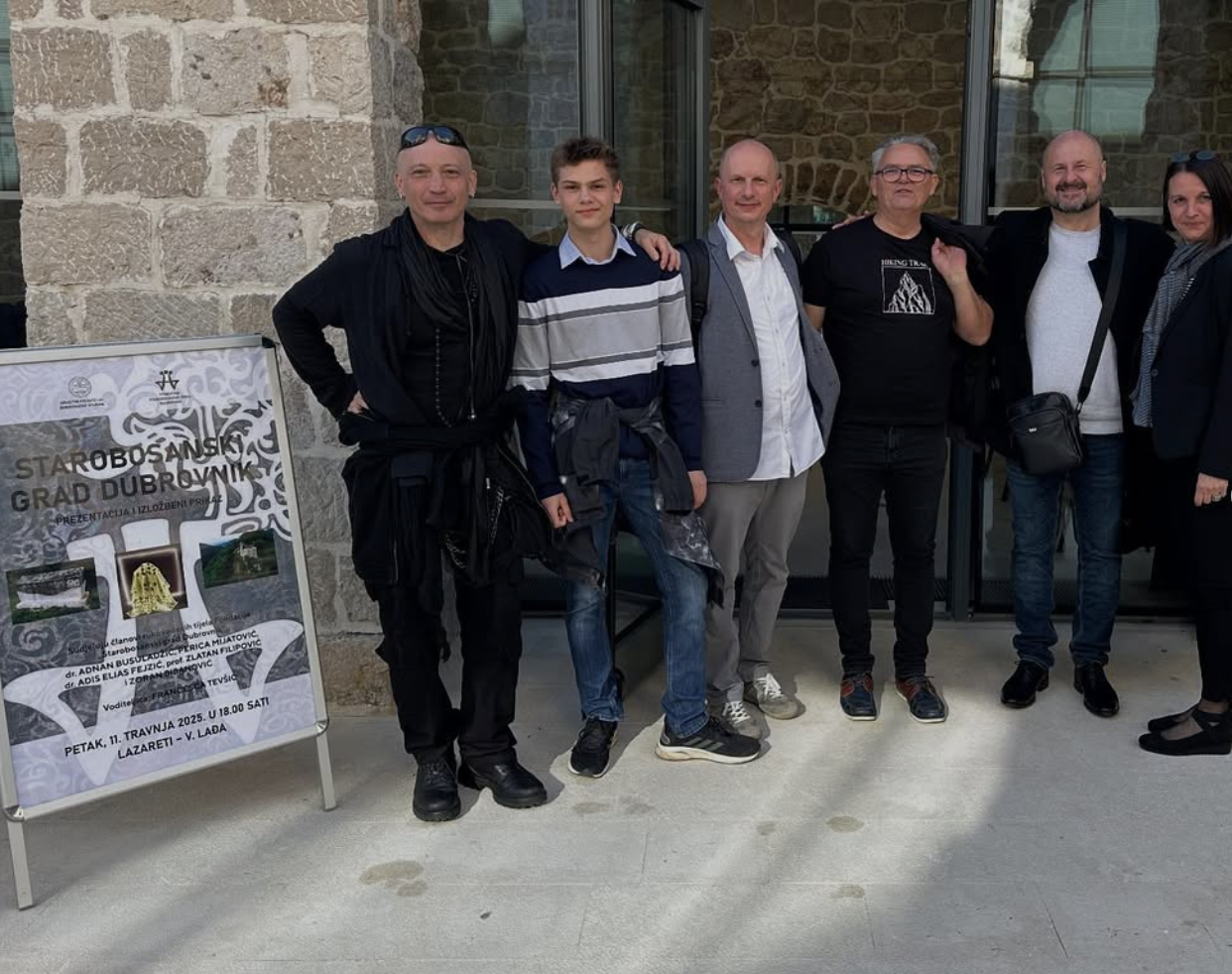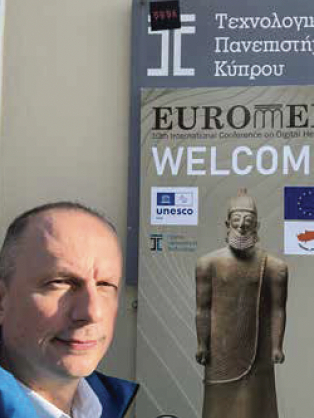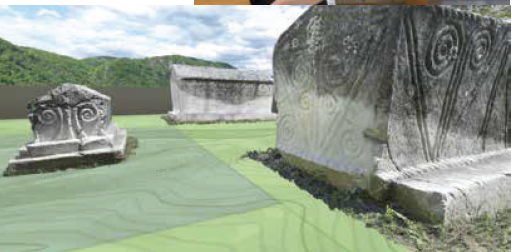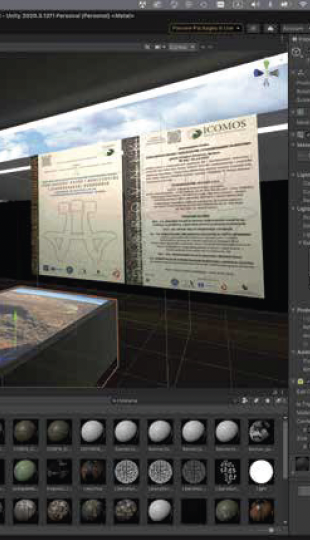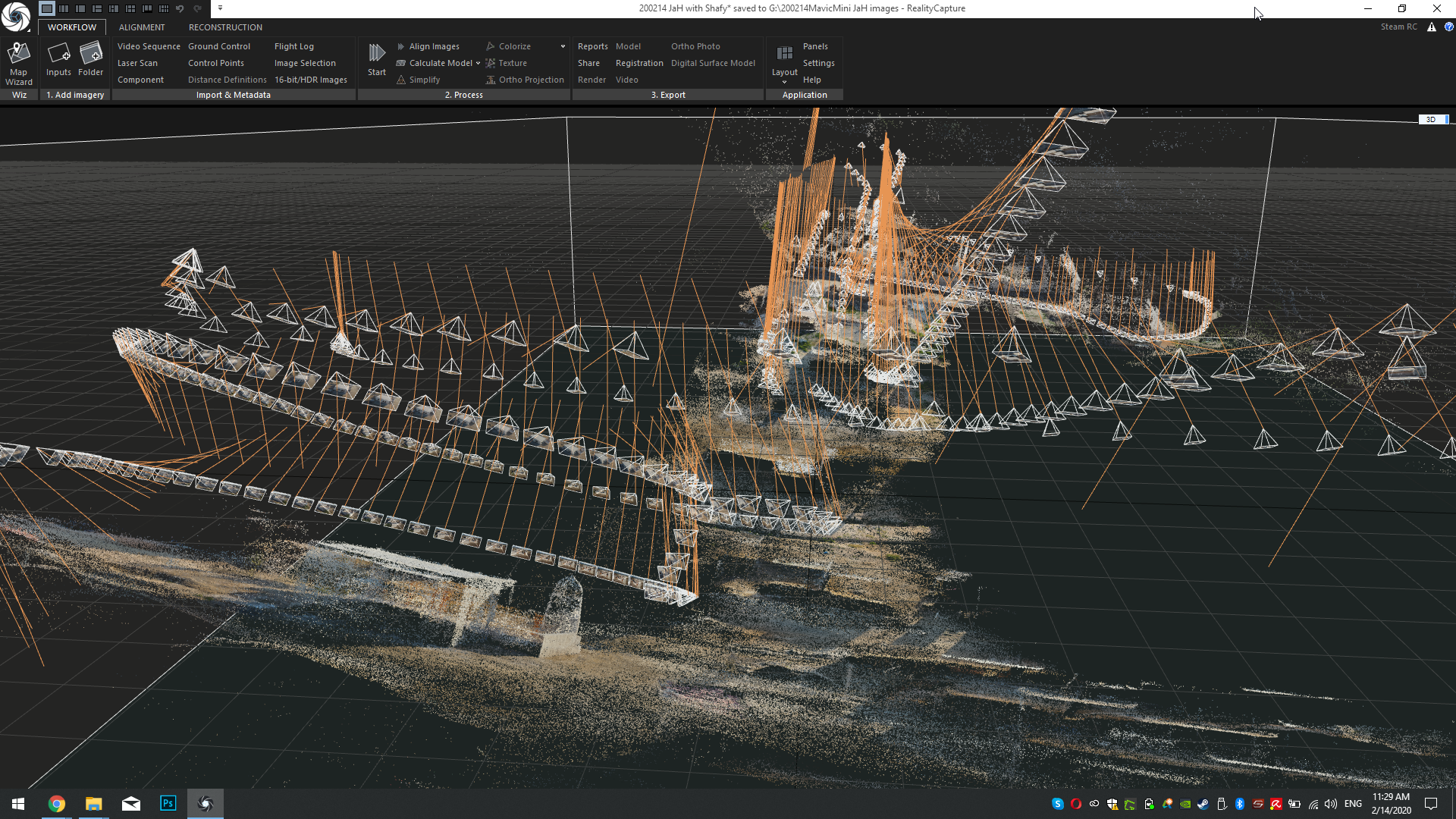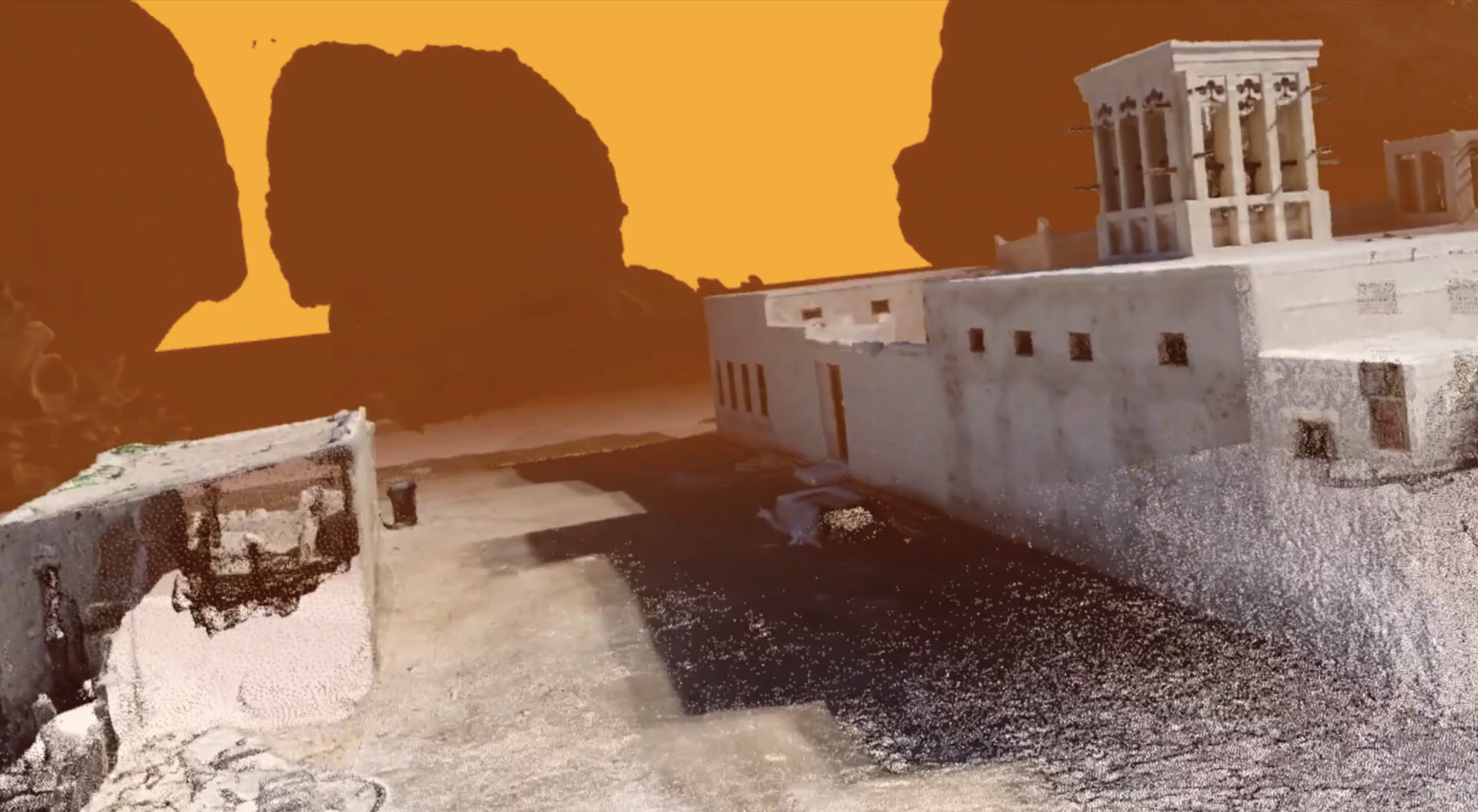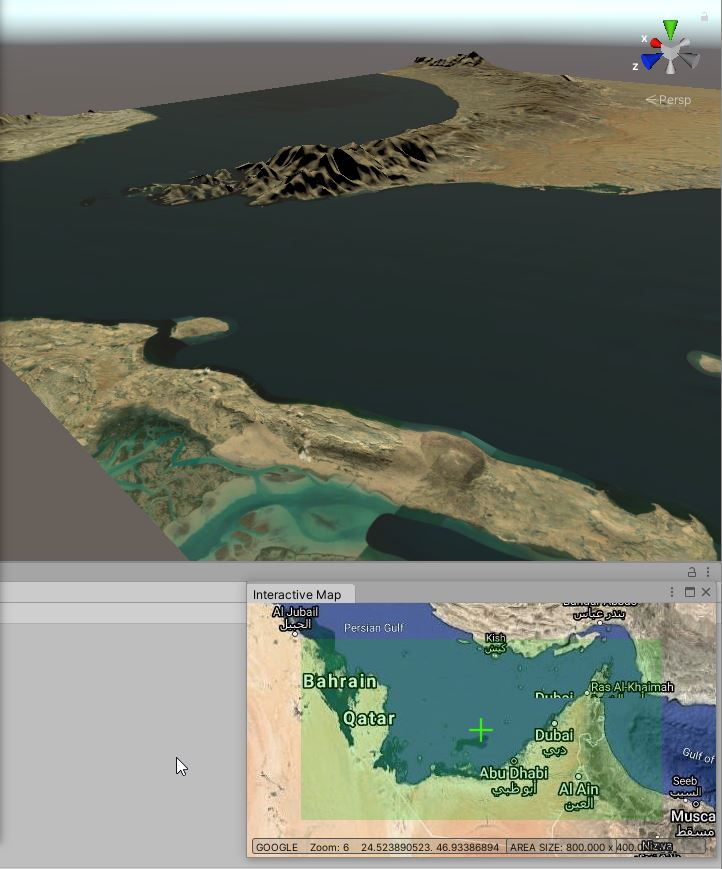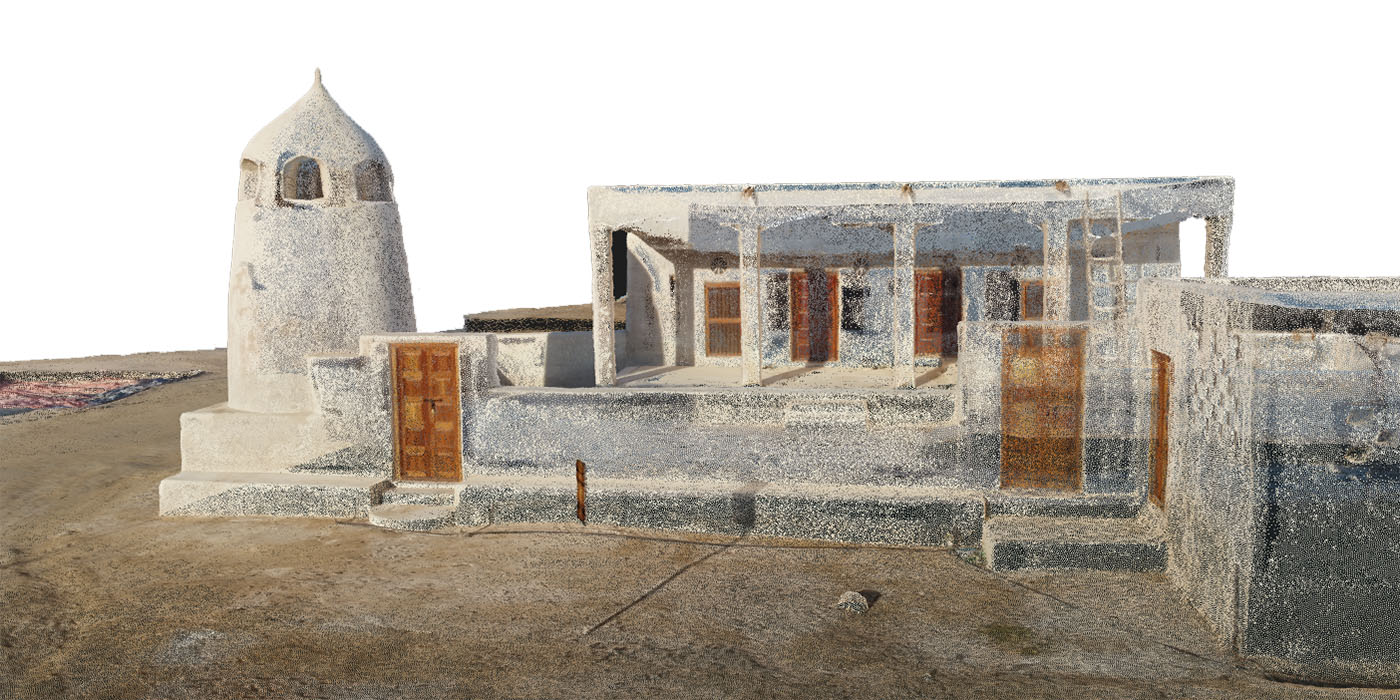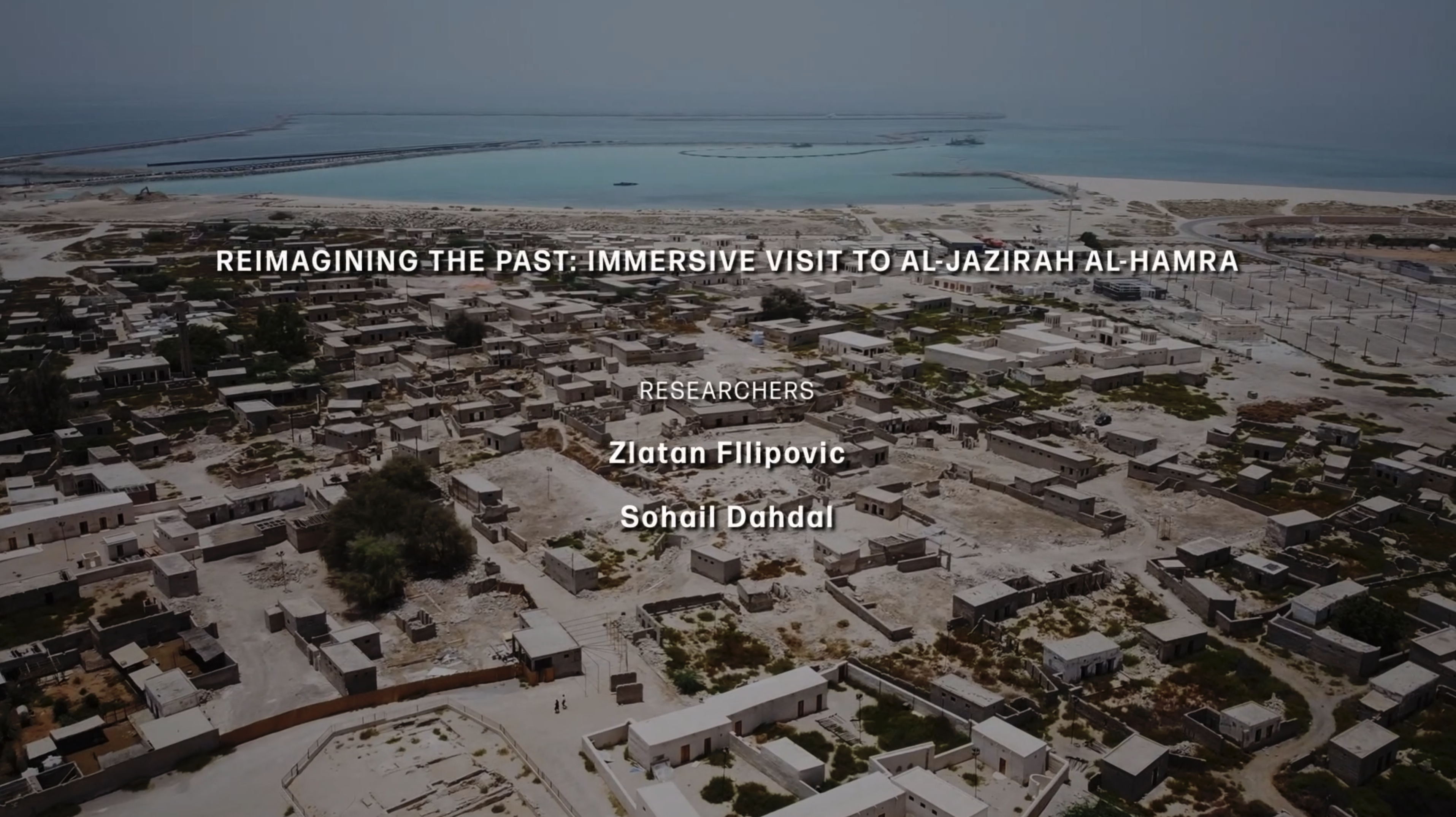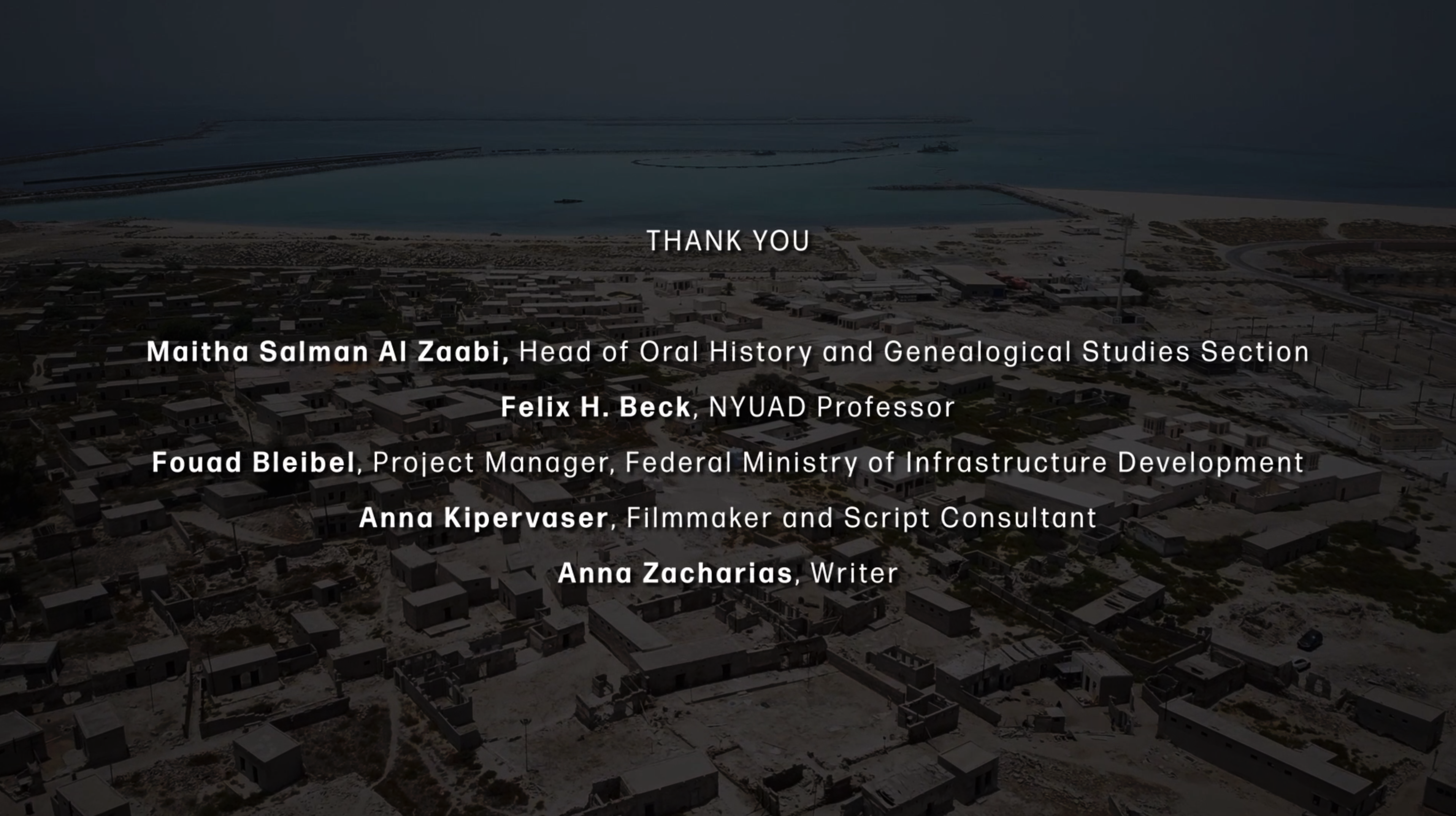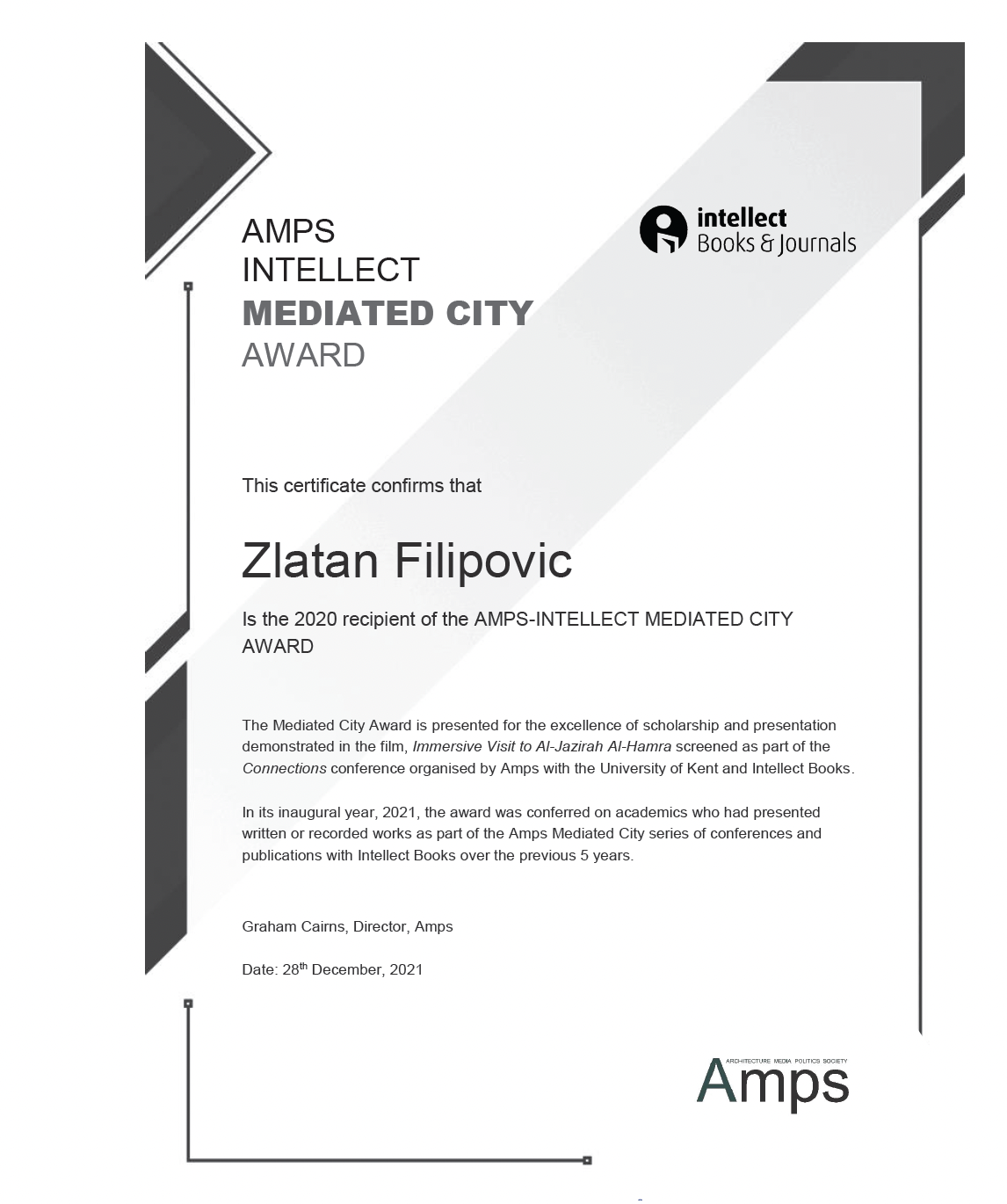This public AR installation was presented in city squares across Sarajevo and Wien as part of the K1_ARt.BRIDGES. and EIDOLON44º curated program. The work engaged audiences through interactive, research-driven media that explored historical and cultural narratives.
Project was curated by the Markus Wintersberger in collaboration with Belma Bešlić-Gál and Gorcin Dizdar.
Project web site:
https://k1-art.net/home/
ACT:∞ = ACTbyINFINITY / PoKreni:beskonačno
An immersive augmented-reality artwork staged simultaneously in the public plazas located in front of the National Theatre in Sarajevo and Vienna.
ACT:∞ invites visitors to step into a shared, trans-urban stage. Through geo-anchored AR, each movement alters the viewer’s vantage point, revealing shifting overlays of architectural landscapes, archival fragments, whispered cues and fragments of spoken text—traces of histories and memories the two venues hold in common or complementing the epoch together. Walking becomes choreography: with every step, time dilates and perspectives pivot, collapsing distance between locations into a single experiential axis. Visitors can “tune” the artwork by turning their bodies—foregrounding Sarajevo or Vienna—or pause to let strata of image and sound settle into momentary tableaux all while spatial audio braids musical performances from both sites into a living score.
Accessible on personal devices, the work requires no stage set; the plazas themselves perform. ACT:∞ frames public space as a memory instrument, where bodies are the controllers and movement is the script—an ever-changing act of remembrance that loops between places, times, and audiences without beginning or end.
———————————
ACT:∞ = ACTbyINFINITY / POkreni:beskonacno
Djelo digitalno proširene stvarnosti (AR) postavljeno istovremeno na javnim trgovima ispred narodnih pozorišta u Sarajevu i Beču. ACT:∞ poziva posjetioce da zakorače na zajedničku, trans-urbanu scenu. Kroz geolociranu AR tehnologiju, svaki pokret mijenja vizuru posmatrača, otkrivajući pomične slojeve arhitektonskih pejzaža, arhivskih fragmenata, šaptanih naznaka i isječaka govorenog teksta—tragove historija i sjećanja koja ova dva prostora dijele ili zajedno nadopunjuju u istoj epohi.
Hodanje postaje koreografija: svaki korak mijenja protok vriemena, a perspektive se obrću, sabijajući udaljenost između lokacija u jednu svojevrsnu transverzalu. Posjetioci mogu “podešavati” djelo pokretom i rotiranjem svojih tijela—dovodeći u prvi plan Sarajevo ili Beč—ili zastati kako bi se slojevi slike i zvuka stopili zajednoa sve to dok uronjeno u prepleteni i u trodimenzionalnom prostoru prisutan zvuk muzičke izvedbe s obje lokacije, svojvrsne žive partiture.
Dostupno na ličnim pametnim uređajima, djelo ne traži scenografiju; ACT:∞ uokviruje javni prostor kao instrument pamćenja, gdje su tijela posjetilaca kontroleri, a pokret je scenarij—neprestano mijenjajući čin prisjećanja koji kruži između mjesta, vremena i publike.
